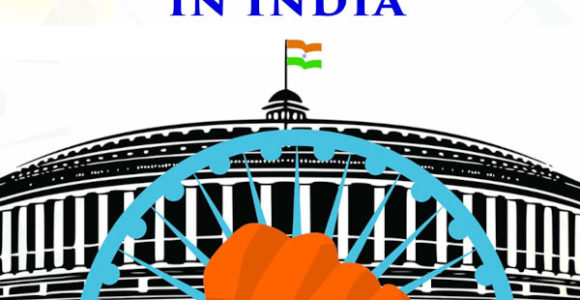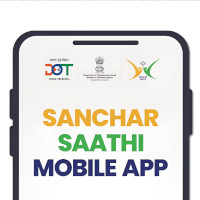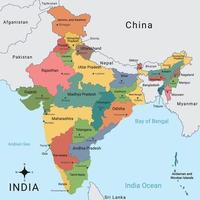
Who Can Vote
Who Can Vote In India
Voting System In India
The Indian Constitution confers voting rights on any individual who is a citizen of the country and is above 18 years of age. This minimum-age limit came into effect from March 28, 1989, prior to which it was 21 years. The Constitution does not differentiate between male and female voters, bestowing on them equal rights, thus making their votes carry equal weight. On the same lines, no distinctions is made on the basis of colour, race, cast, etc., as long as the said individual is a bonafide citizen of India.
Process Of Voting Registration
In order to be allotted a polling booth at the time of elections, citizens over 18 years of age are required to register themselves as voters. They can do the same by filling up and submitting Form-6 to the Electoral Registration Officer of their constituency. Voters are not allowed to enrol at more than one place. Further, the voting rights are restricted to the current place of work and residence. For example, if someone is native to Gujarat but happens to be working in Mumbai, he or she is eligible to vote only for that constituency of Mumbai.
Voting Rights Of Criminals
Convicted criminals and prisoners are banned from participating in the elections as voters. On the same note, those with unstable mental condition are refrained from voting. That said, lobbying efforts are ongoing from various states that argue for greater human rights for prisoners. According to them, prisoners too are citizens of the country—and therefore, part of the Republic—and thus deserve equal participation in elections. However, the cause has not found widespread support yet.
Non-Resident Indians (NRI)
In order to qualify as a voter, the person must reside in the particular constituency. Thus, NRIs are prohibited from participating in the voting process, except in one case. If the NRI happens to be an Indian citizen employed under Government of India and is currently posted overseas, he or she may get registered as a voter.
Use Of Electronic Voting Machines (EVMs)
EVMs were introduced by the Election Commission in 1981 in a small district of Kerala. The machines require only a single press of button to cast the vote, reducing manifold both the time taken to conduct the poll and the time required to process and declare results. Their use has brought about a sea change in the way elections are conducted in India. However, as various Public Interest Litigations (PILs) have argued, the machines are not tamper-proof and may be easily manipulated.
To overcome these limitations, the Voter-Verified Paper Audit Trail (VVPAT) system has been adopted, which shows a printout of the vote just cast by the voter, confirming that the vote was counted in favour of the party intended. This paper trail can later be used to verify the data obtained through the machines, should a case of suspicion arise.





